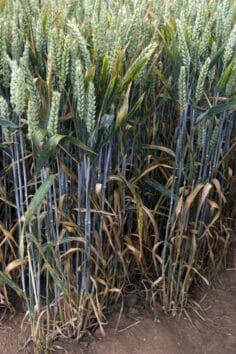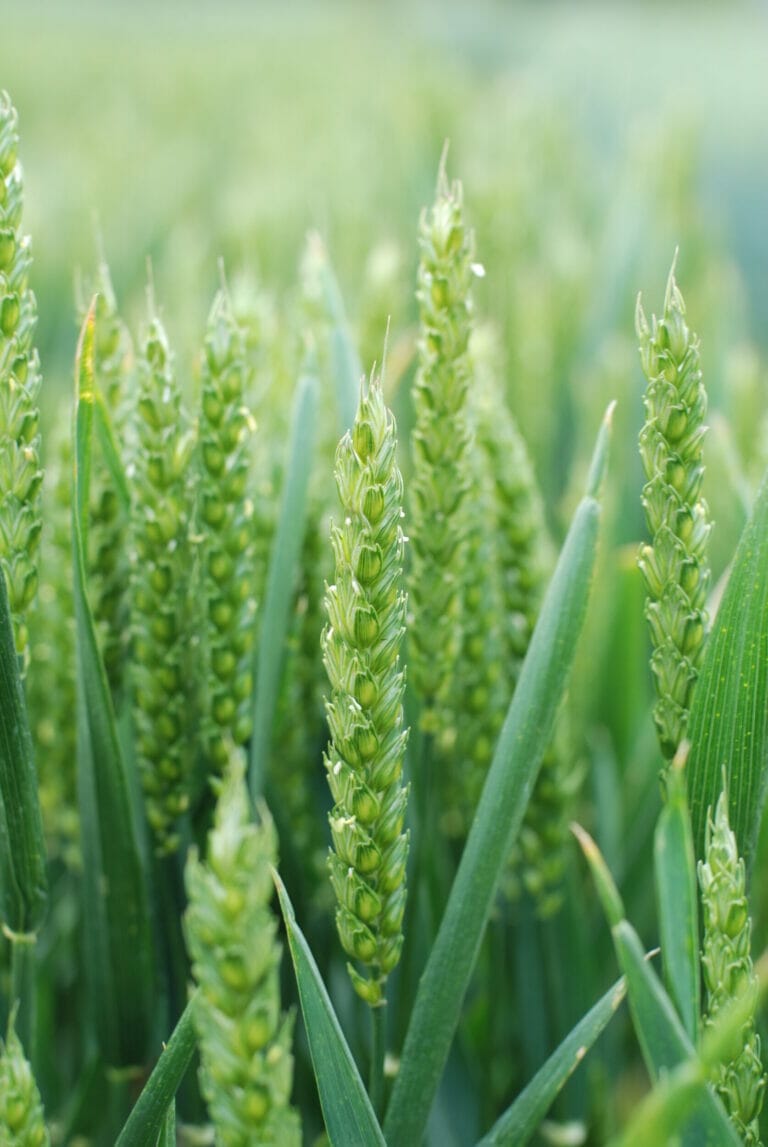
Ed Flatman – Head of European Wheat Research
“It’s very easy to panic and group all the varieties with Cougar parentage into the same risk level – but this is not the case – and growers should take the time to really understand the risks to individual varieties,” he says.
“Parentage is a good indicator, however varieties do not inherit all the traits of both parents, therefore it’s important to understand the attributes of the new variety itself.”
Mr Flatman takes the example of the Group 3 biscuit, LG Astronomer. “The most recent additions to the Group 3’s last year all have Cougar in their parentage. LG Astronomer was one of these, and joined the group, offering the highest Septoria resistance rating of 7.4.”
Mr Flatman explains that on paper, with Cougar in its parentage, it is a (Leeds X Cougar) X Britannia cross, therefore LG Astronomer was likely to be one of the varieties affected.
“However, whilst other varieties in the group have seen their Septoria resistance ratings severely challenged by the Cougar strain, LG Astronomer’s genetics held on relatively well and its rating has only dropped from 7.4 to 6.8 on the current three-year rating, and 6.2 for the one-year (2021) rating.”
“This puts LG Astronomer as one of the highest rated Group 3 varieties for Septoria resistance, on both the new Recommended List three-year rating and the one-year (2021) rating.”
“It has not been as affected as other varieties in the group – and this is an important differentiation.”
“We know that relying on a single gene is a risky approach, but a lot of knowledge has been gained over the years, and rather than solely using field observations, we now use these in combination with molecular strategies to actively stack multiple resistances together to protect the individual lines, and this is the case with LG Astronomer.”
“As breeders, our focus is looking at overall resilience, and this includes protecting the resistances we have, as well as bringing through new lines that don’t come at the cost of yield.”


































